SPONSORED

Unlocking legal talent
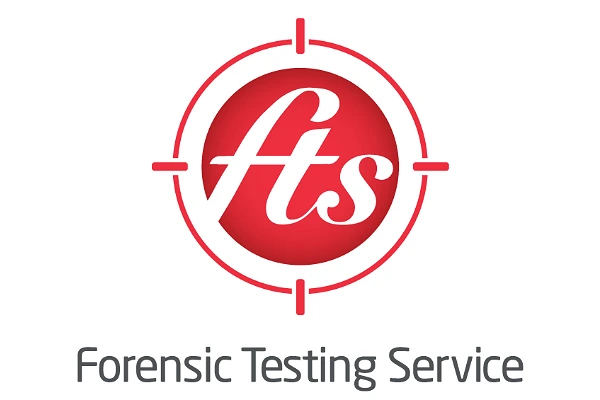
How hair strand testing should be instructed for family court proceedings
Webinars
- Details
A broken shield isn’t that useful…
Changes to the Primary Authority scheme are needed if it is to retain its credibility, write Helen Atkinson, Ian Andrews and Joyce-Oyella-Ogaba.
There are a range of different type of job roles in operation within a leisure centre, but each role comes with a degree of responsibility towards client safety. Since 1974, individual employees have faced the prospect of being investigated when any of their actions which may have resulted in a fatality, but prosecutions of this nature are incredibly rare. Assessing evidence that points to an employee’s failings in a fatality investigation is even harder within a formal Primary Authority context, and applying the safeguards built into the scheme is currently taxing certain practitioners.
In Viking times, shields were often placed in the graves of dead soldiers to accompany them on their final journey to the afterlife. Their shape and typical uses are described in poetry, stories, and tapestries dating from around the 10th century but few surviving examples have ever been found, making them scarce. The Primary Authority scheme includes a way for a business to be 'shielded' from a prosecution when it is believed that the proposed action is not compatible with any demonstrable compliance with advice provided to the business. Just like their Viking counterparts, there are very few examples available of the Primary Authority determination process, but what should be a useful component of the Primary Authority scheme is becoming discredited because of flaws in the primary legislation and the administration of the scheme, particularly when it comes to vicarious elements.
Under schedule 4 A of the Act which underpins Primary Authority as a concept, the Secretary of State (through Office Public Safety & Standards) must either confirm or revoke a Primary Authority’s decision to block enforcement action which another local authority is looking to take against a business. At first glance, this seems to be both a powerful and justifiable provision in the interests of protecting businesses from having to defend against what could amount to be an ambush. In practice, the legislation is a straight-jacket for it requires that any direction by the Secretary of State can only be on the basis that:
(a) the proposed enforcement action is inconsistent with advice or guidance previously given by the primary authority (generally or specifically), and
(b) the advice or guidance was correct and properly given.
Practitioners will recall that the first determination of its kind gave rise to doubts as to the value of the scheme. Given this, it would be expected that the guidance would be user friendly and that clear case studies would be available. Yet neither is the case. For example, page 7 of the accompanying guidance states:
“Where Safety and Standards receives an application from a primary authority it will be because that authority has declined to make a definitive decision whether it should or should not direct that the proposed enforcement action is not to take place” (emphasis added).
It must be said that phrasing sentences without the use of double negatives (which are abundant above) tends to aid with application. Whilst parties are “encouraged” to make efforts to resolve questions before considering activating the determination process, intransigence could easily get in the way of such dialogue. It should be noted that a recent survey by CIEH resulted in a call for more effective two-way communication between OPSS and enforcing authorities in order to generate greater trust (see https://www.cieh.org/media/3737/perspectives-on-primary-authority.pdf).
If Primary Authority Advice has been properly given, was correct, and the proposed enforcement action is inconsistent with it then (to quote) “enforcement action may not proceed”. However, application is challenging in practice: the determination process is a queer mixture of quasi-legal considerations which forces parties to disclose evidence which they may be reluctant to divulge until being in a Court of Law. Furthermore, the guidance gives OPSS the option to disclose “to any relevant regulator or such other persons that it consults during its consideration of the application”, but this goes against the grain of normal data protection and business confidentiality principles. It is like sending a Viking warrior into battle with an imaginary shield, rather than the real thing.
Critically, the criteria open to OPSS and the Secretary of State do not include the integrity or value of evidence that a prosecuting authority claims it possesses. The worrying extension of this is that a lack of legally acceptable evidence could erroneously be utilised within the determination process by a prosecuting authority. However well mounted a Primary Authority’s concerns may be on points of admissibility, experience shows that they cannot be taken into account. This includes where the actions of employees or contractors may have played a role in causing an incident or fatality beyond what the employer could reasonably have foreseen. We are now sending out a Viking warrior with a crystal ball.
In relation to the question ‘has the primary authority advice been properly given?’, the Statutory Guidance is very weak in defining what is meant by ‘properly given’. As this is an important consideration in the determination process, it is necessary for there to be more description about what is deemed as being ‘properly given’ and what is meant by ‘robust arrangements for issuing PA advice’.
The Primary Authority Scheme was designed to simplify the regulatory system and drive improvements that support growth, but cracks have appeared. Shields can be repaired and crystal balls discarded however. Revisions are needed if the credibility of the Primary Authority Scheme is to be maintained such that advice can be confidently relied upon by businesses in the future.
Helen Atkinson is a Senior EHO at Wakefield Council. This article is her personal reflection and not the necessarily the opinion of Wakefield Council
Ian Andrews and Joyce-Oyella-Ogaba are both Environmental Health Practitioners who work for the Royal Borough of Greenwich. This article is based upon personal reflection and is not necessarily the opinion of their employer.
Contracts & Procurement Lawyer
Trust Solicitor (Employment & Contract Law)
Senior Lawyer - Contracts & Commercial
Trust Solicitor (Public & Healthcare Law)
Lawyer - Property
Locums
 Institutional landlord series: Possession – High Court Enforcement - 5 Pump Court
Institutional landlord series: Possession – High Court Enforcement - 5 Pump Court
22-10-2025 4:00 pm
Online (live)
 Institutional landlord series: Costs Recovery and Legally Aided Parties - 5 Pump Court
Institutional landlord series: Costs Recovery and Legally Aided Parties - 5 Pump Court
05-11-2025 4:00 pm
Online (live)
 HMPL Building Blocks: Tenancy Management – Assignment, Mutual Exchange and Succession - Devonshires
HMPL Building Blocks: Tenancy Management – Assignment, Mutual Exchange and Succession - Devonshires
12-03-2026
Online (live)
 Unpicking the Procurement Act Episode 2: Exclusion and Debarment - 39 Essex Chambers
Unpicking the Procurement Act Episode 2: Exclusion and Debarment - 39 Essex Chambers
On Demand
Online (pre-recorded)
 Unpicking the Procurement Act Episode 1: Overview and New Procedures - 39 Essex Chambers
Unpicking the Procurement Act Episode 1: Overview and New Procedures - 39 Essex Chambers
On Demand
Online (pre-recorded)
 Unpicking the Procurement Act Episode 3: Contract Modification - 39 Essex Chambers
Unpicking the Procurement Act Episode 3: Contract Modification - 39 Essex Chambers
On Demand
Online (pre-recorded)
 Unpicking the Procurement Act Episode 4: Challenges and Remedies - 39 Essex Chambers
Unpicking the Procurement Act Episode 4: Challenges and Remedies - 39 Essex Chambers
On Demand
Online (pre-recorded)

















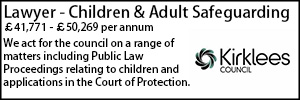




















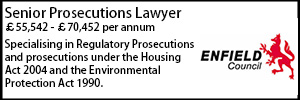





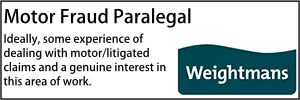

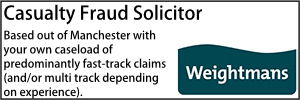
























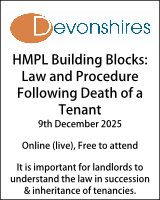





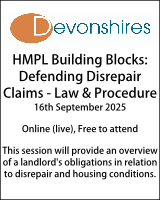
 CUBAS Comprehensive Training & Licencing (Swindon), October 2025
CUBAS Comprehensive Training & Licencing (Swindon), October 2025  Property Law Roadshow 2025 - Cardiff - St John's Chambers
Property Law Roadshow 2025 - Cardiff - St John's Chambers 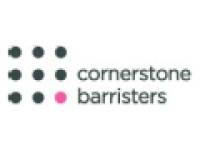 Planning Day 2025 - Cornerstone Barristers
Planning Day 2025 - Cornerstone Barristers  Annual Fraud Conference 2025 - Oxford Investigation Service
Annual Fraud Conference 2025 - Oxford Investigation Service  Ivy Legal - Certificate in Planning Enforcement
Ivy Legal - Certificate in Planning Enforcement